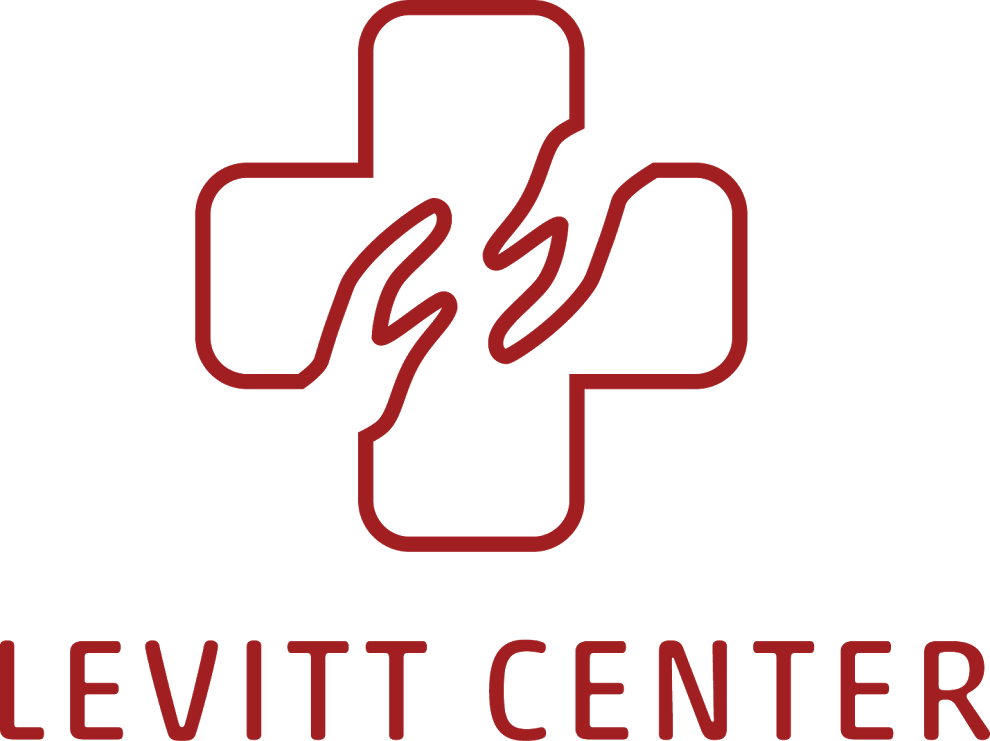Overview
Today’s emergency departments can be viewed as the crucibles of social experimentation. As we modify American social structure, providing or withdrawing this or that benefit or element of the social safety net, the results are manifest in the emergency department. Most obviously, the decline of private health insurance has led to increased use of the ED as a provider of primary care. But in so many ways, perhaps more so than any other discipline in medicine, emergency medicine is enmeshed in the mores and practices of its immediate community, as well as the larger social and regulatory milieu.
We propose to create an interdisciplinary study center to elucidate these relationships, as well as to devise ways of better preparing emergency departments, emergency medical systems, hospitals and communities to manage these important and evolving relationships.
BACKGROUND
Society and Health
Over the past 25 years, health services researchers have increasingly taken note of the importance of the interplay of society and health. Among the questions examined early in this field were those focusing on socioeconomic and racial/ethnic disparities in health status and in health care. Growing from these early inquiries were deeper questions about health at the population level, which began to reveal the enormous paradox of medicine in the developed world; that is that the greater the concentration of resources, the less the impact on the health of the population. For example, the modern critical care unit, with its emphasis on technologically intensive diagnosis and intervention may affect the health of hundreds of people per year, whereas a tightening of restrictions for food stamp eligibility might affect hundreds of thousands.
As this body of knowledge has grown, spawning academic institutes throughout the nation and in Europe, organized clinical medicine has been largely silent on the topic. We seem unable to conceive how to address the reality of the paradox in a way that might not threaten the foundations of our social role.
The Emergency Department and Health
The past 25 years have also been formative for the discipline of emergency medicine. Early emergency rooms were triage waystations, in which a night nurse might see an ill patient after-hours, and call the appropriate specialist, if available, or a generalist otherwise. Gradually, groundbreaking emergency researchers – some with a background in battlefield medicine -- were able to demonstrate both the importance of early action and the utility of training physicians to cope with the first few hours of nearly any medical catastrophe. Out-of-hospital medicine evolved to meet the demands of this growing specialty, and now the sights and sounds of an ambulance rushing to the nearest emergency department are familiar to any city dweller.
Communities depend on round-the-clock availability of emergency care to manage victims of trauma and sudden catastrophic illness. But emergency departments have evolved well beyond such a role. As American medical care financing has become increasing dependent on pooled risk, and as insurance has concurrently become more difficult to obtain, millions are left with no affordable means of obtaining routine medical care. These people know that emergency departments have both statutory and ethical obligations to see all who seek their care. They know as well that EDs by definition operate day and night. So people left behind by the insurance industry flock to the ED either for primary care, or for attention to real emergencies that, had they received timely routine care, might never have flared.
Thus have emergency departments become accustomed to their dual role as provider of first resort for the critically ill and injured, for whom moments count, and provider of last resort for the critically uninsured, who just need a few moments with a doctor. Thus is the emergency department medicine’s sentinel; global changes in health status are likely to show up here first. Asthma is a chronic disease. Yet as the prevalence of childhood asthma increases with urban crowding, it is the urban emergency department that first manages the medical burden.
The Emergency Department and Society
Complex social forces place the contemporary emergency department in the heart of the health paradox. On the one hand, most are equipped with advanced technology and specifically trained emergency providers to afford resource-intensive critical care to high-risk patients. On the other hand, millions of people without a viable alternative turn to the ED for basic primary care.
At the same time, regulatory choices place yet further demand on emergency services; think, for example, of the sunset provision of the assault weapons ban, regression of motorcycle helmet laws, lax enforcement of farm hygiene regulation leading to an avian flu pandemic or our promotion of an anti-competitive market for pharmaceuticals. Think also of human choices, health and risk behaviors and their potential impact on emergency departments; a syphilis outbreak with no primary care access.
Spend a few hours in any emergency department, from deep on a rural Indian reservation to the heart to the gritty city to the placid suburb in the grip of a methamphetamine epidemic, it will quickly become clear that this is where medicine and society meet, greet, and sometimes square off.
Despite the power of the forces involved, very little is known as fact about these relationships; they can only today be hinted at. There is a growing body of worksuggesting the magnitude of the questions, and potential payoffs in the answers from the standpoint of global health. But from the medical vantage, there is gradual progress.




